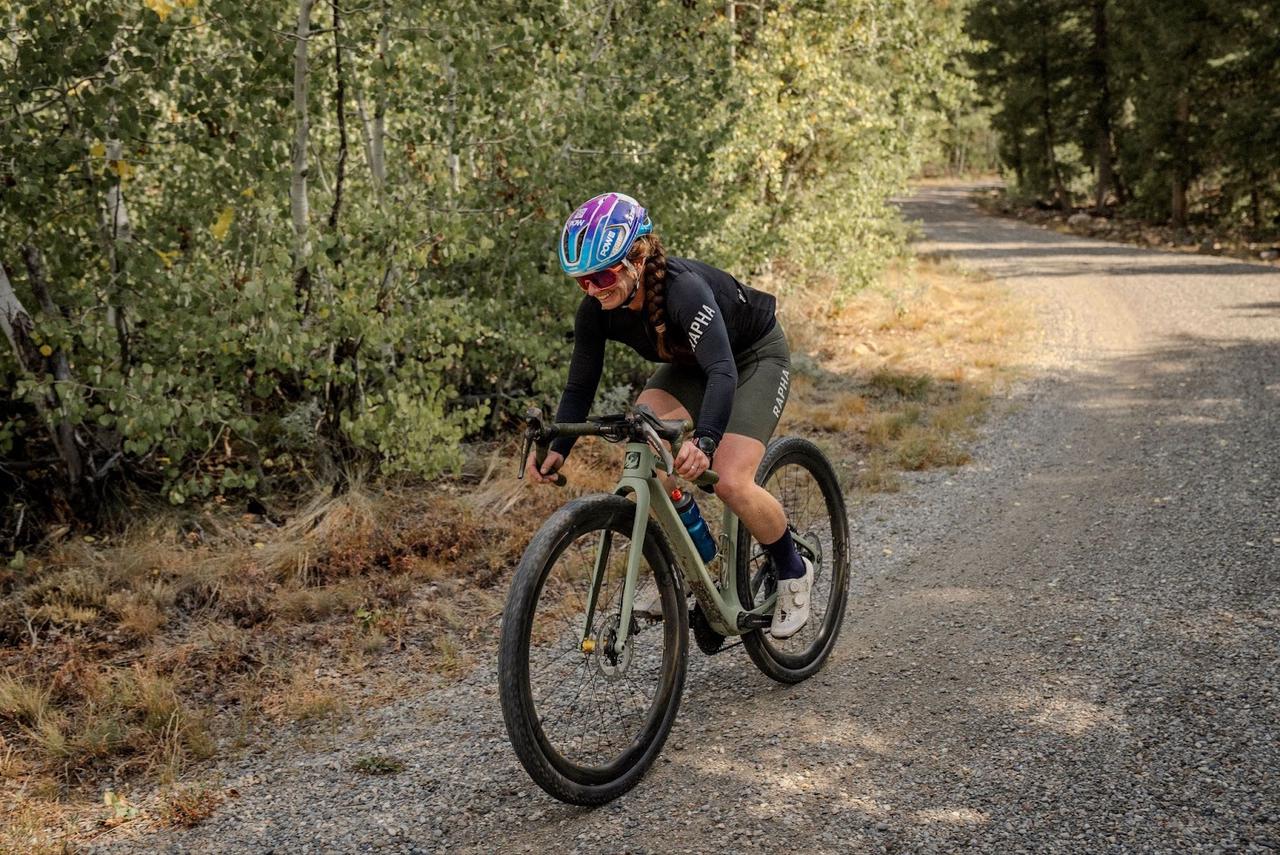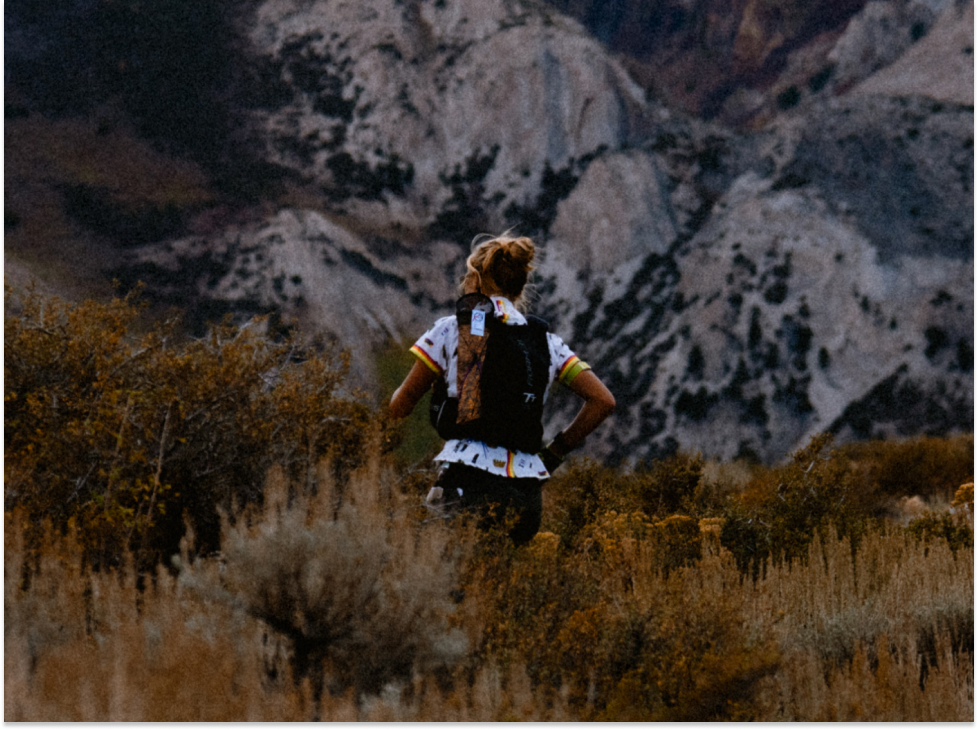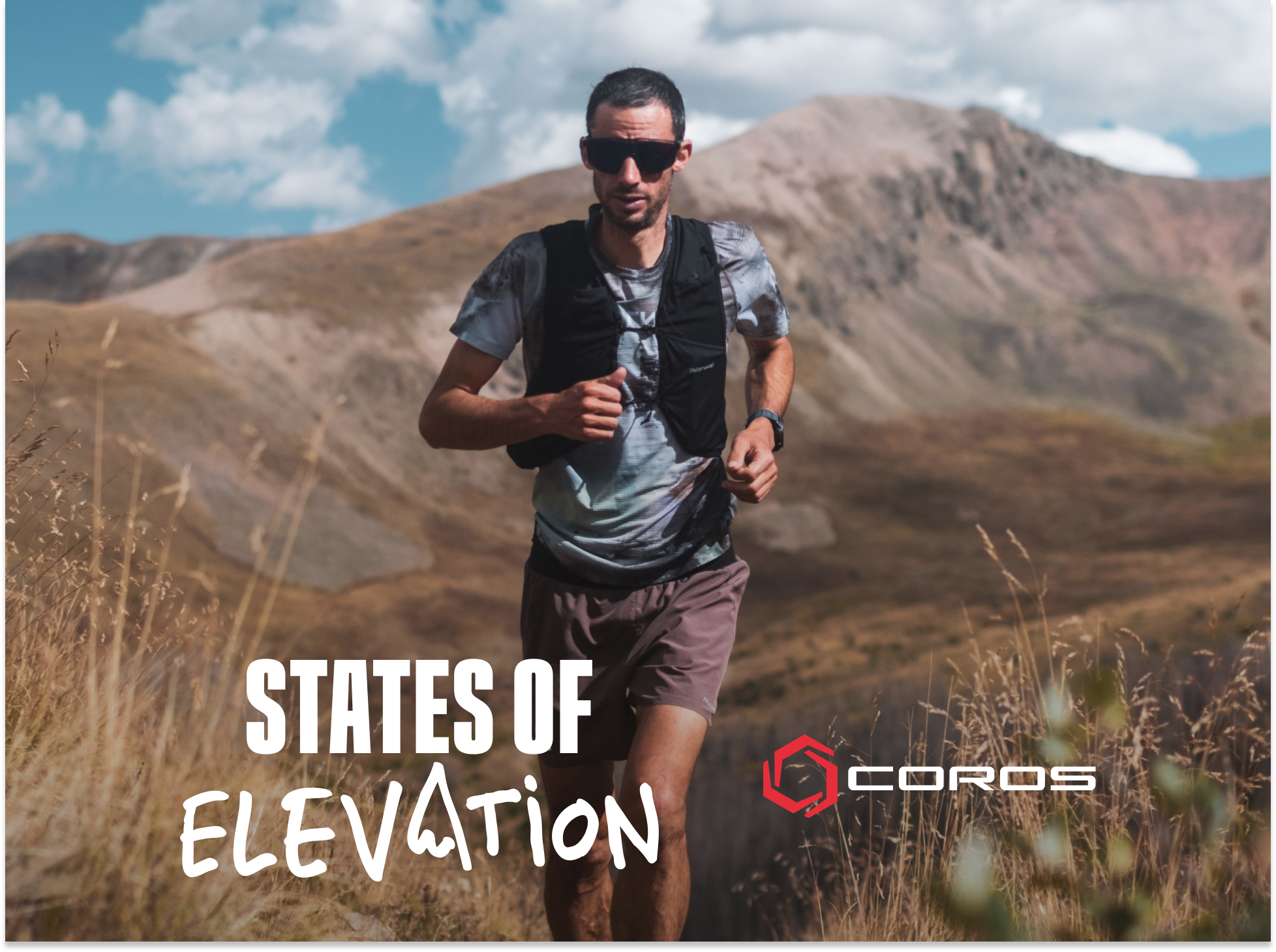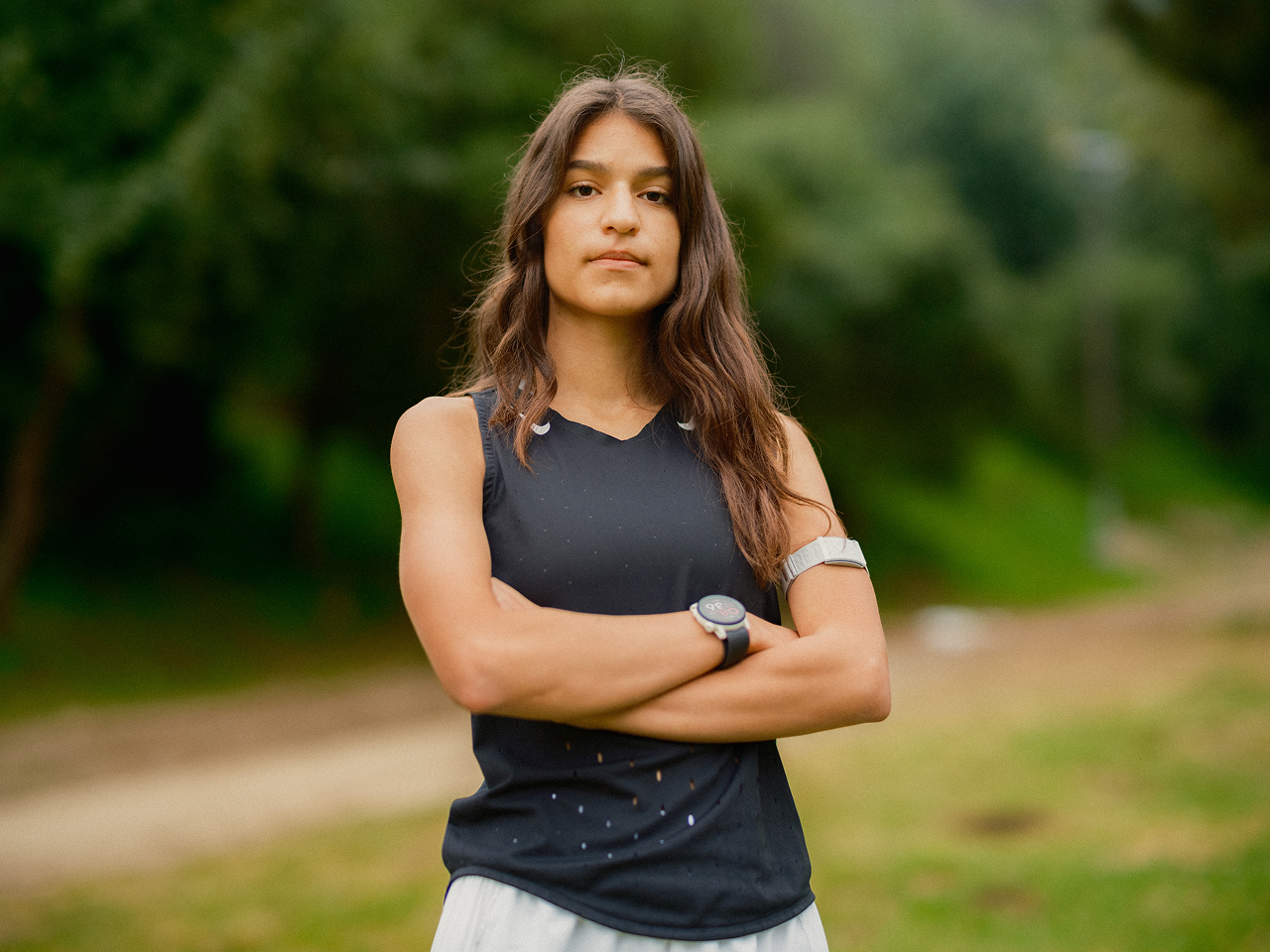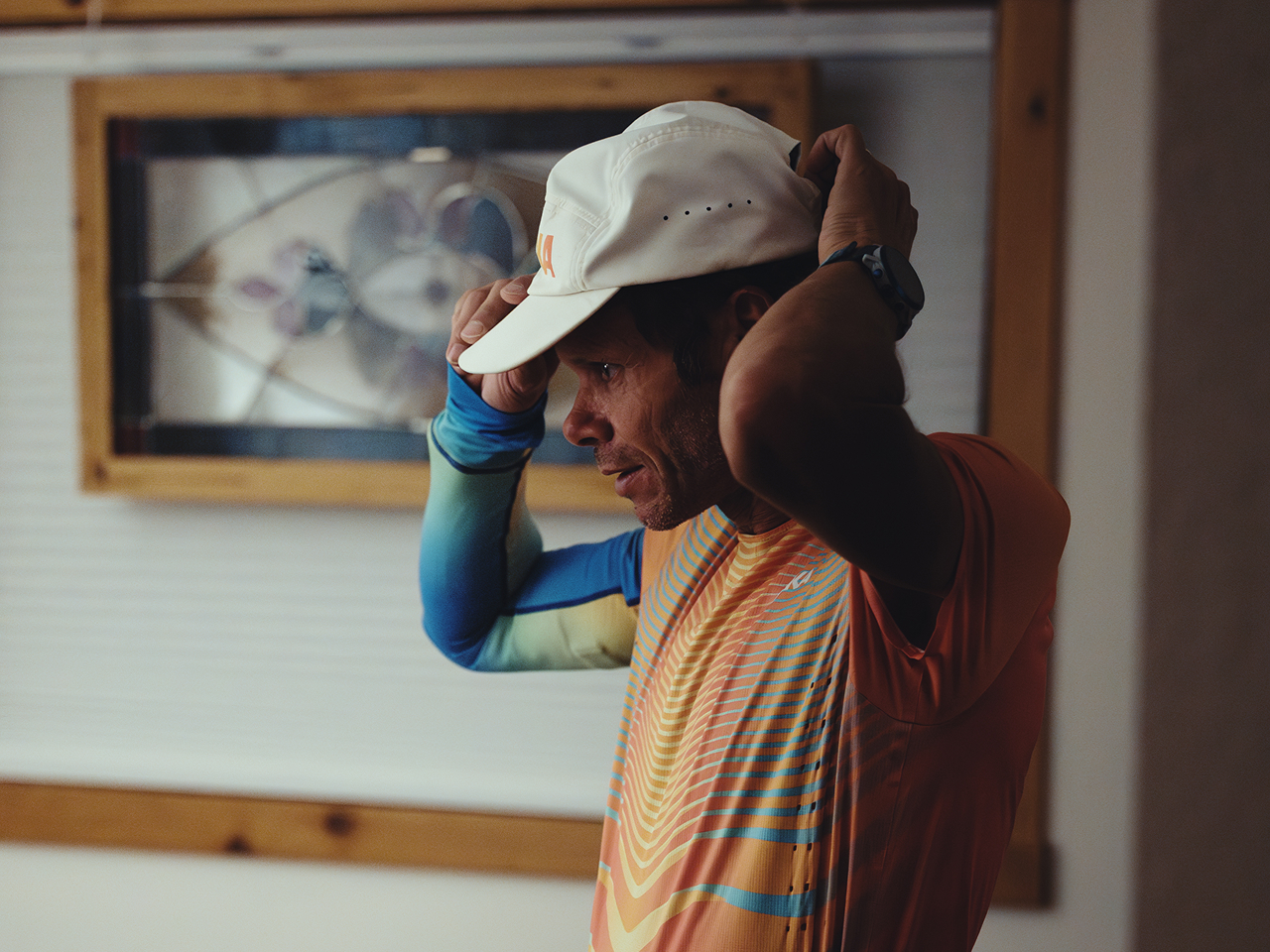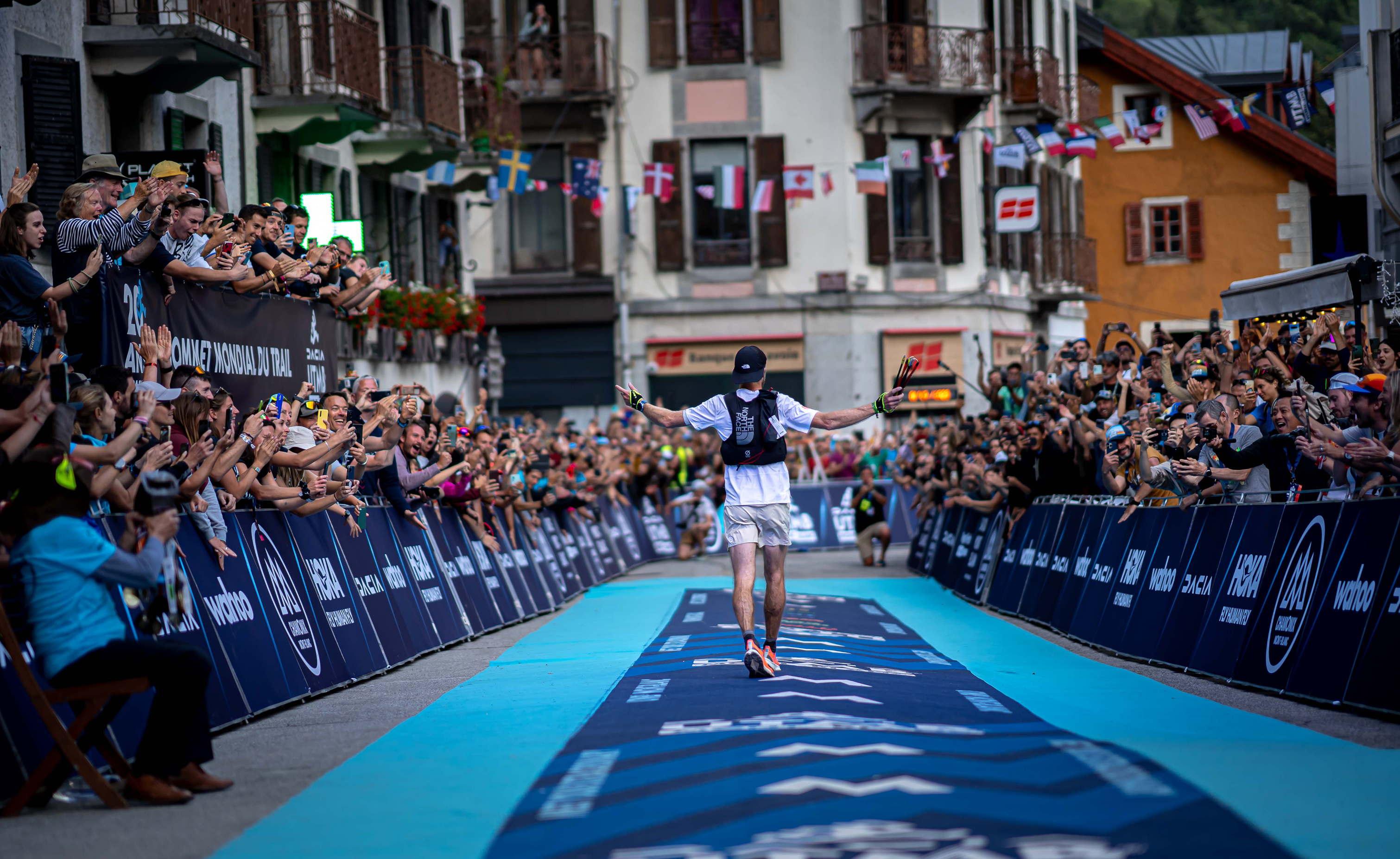Professional trail runner and COROS athlete Sally McRae recently finished the Cocodona 250 in 87 hours, 48 minutes, and 49 seconds. Her VERTIX 2 lasted the entire race, with 15% battery left to spare.
While Cocodona 250 was Sally’s first race above 200 miles, she’s no stranger to the ultramarathon world. Sally has been competing since 2010 in some of the most prestigious ultras, including the Western States 100, UTMB Mont-Blanc, and Badwater 135, which she won in 2021. Sally was one of the first COROS athletes, joining our team back in 2017. Seeing Sally’s journey as she tackles new races and even longer distances has been exciting. Sally will be competing in some more 200+ mile races this year, including the Tahoe 200, Bigfoot 200, and Moab 240.
Are you looking for how to train for an ultramarathon? Check out Sally’s tips based on her experience as a pro trail runner.
1. First, Believe You Can Do It. And Don’t Be Afraid to Fail.
It may seem simple, but Sally says before you can do something physically, your mind must first believe it.
Growing up, Sally played soccer and never imagined running more than 6 miles. Although she was an athlete, even the idea of running a marathon seemed daunting. However, as she gradually opened up to long-distance running to explore her surroundings, she fell in love with the trail community and its opportunities.
“Overall, humans are very capable. If you set your mind to something, you can do anything you train for,” Sally explains. “Doing an ultra is more about the mind than the physical,” she says. “It’s all about mindset. When you commit to training, you’ll be far more capable than you ever knew.”
2. Be A Student Of The Sport.
With ultrarunning, there are a ton of variables. You’re experimenting with fueling, hydration, running gear, and race logistics. You’re constantly adjusting to changes in your environment, including the weather, sunlight, and course elevation. Thankfully, you don’t have to go into an ultra race mindlessly.
Sally says her confidence comes from a deep knowledge of the sport and what works for her body and training. This knowledge comes from pure research–listening to podcasts, watching Youtube, reading articles online–and being intentional about learning. “When you have the knowledge, and you stand at that start line, it turns into confidence. You know what to do. You’ve packed food and electrolytes, knowing you will hit a low point in the race. You anticipate it, you don’t fear it, so you’re prepared.”
When preparing for Cocodona, Sally says it was all about being a student of the sport. She paid attention to the podium finishers and their lifestyle habits–what they ate, how much they slept, what kind of FKTs they’d run before, and how efficient they were on trails. Leading up to Cocodona, Sally launched a YouTube series documenting her training and experimentation.
“Really seek out those that have gone before, have put the work in, and are sharing that content because you’ll learn a lot. And I think it’s going to make you feel better about doing it.”
3. To Start, Focus On Building Strength And Increasing Time On Feet.
A coach typically recommends weekly mileage goals when training for a road race like a 5k or marathon. With ultramarathons, however, Sally says mileage is important, but it’s not everything. If your goal is to run your first ultramarathon, focus on building strength in the gym and increasing time spent on your feet, whether you’re running or doing a through-hike on the trails. You can mix it up on your runs with different terrain and elevation.
When training or racing, Sally says having a navigation tool like COROS while doing 4 or 5-hour runs is crucial. “When racing, having a course map is vital,” she explains. “I can’t express this enough because if you didn’t have the map, you would likely make a mistake. I loved that I could always see how close I was to the next aid station, and it alerted me immediately if I ever went off course.”

The Cocodona 250 course elevation profile, according to Sally’s VERTIX 2 race data. Sally downloaded the course GPX file to her watch, so she had turn-by-turn navigation to guide her along, map out aid station stops, and stay on course.
In addition to COROS navigation, you can monitor Effort Pace on your watch, giving you a grade-adjusted pace based on the elevation profile. As you focus more on “time on feet” versus mileage or exact pace, Effort Pace can help you determine how hard you’re working and how it translates to your training.
4. Eat More, Sleep More.
It’s easy to underestimate just how much your body needs to fuel and how much rest you need to recover. Sally even admits recovery is hard for her as a naturally high-energy person.
“Sleep has become so important to me, and I learned my lesson earlier in my career. I spent over a decade on three or four hours of sleep, but once I started implementing a true nighttime and recovery routine, I could train better.”
“That’s been a great tool because I’m still learning. My goal as I got closer to Cocodona, I wanted my [COROS] sleep graph to be increasing. So every night, I’d check the chart–January, February, March, April–and ensure I was getting better sleep.”
As for fueling, Sally says you need to eat much more than you’re used to. In fact, you might even put on a few pounds as you taper before race day, knowing that you might shed some weight during the course of the race. Because your body operates primarily in the fat burn and aerobic zones when running an ultra, it’s important to fuel with plenty of protein, fat, and carbohydrates throughout the race.
 Sally’s Cocodona 250 race data shows she operated mainly in the fat burn and aerobic heart rate zones.
Sally’s Cocodona 250 race data shows she operated mainly in the fat burn and aerobic heart rate zones.
5. Proceed With Grace.
Running ultramarathons requires a lot of patience and a lot of trial and error. No one gets it right the first time around. “You’re going to have days where it doesn’t feel good. And you might have that first race, which might turn into a DNF,” says Sally. “I’ve had a lot of failures in my career. But not being afraid of those failures, knowing that I don’t define myself by those failures, are opportunities to improve and grow.”
Nevertheless, some of Sally’s best races have come after total failures, which she used as a learning opportunity to improve. “Have grace with yourself and start again. You can start again every day, and the only way you accomplish anything is by not giving up.”
Sally wears the COROS VERTIX 2, which lasts even her longest races like Cocodona, and helps her navigate even the most challenging courses. If you’re training for your first ultramarathon, check out our ultramarathon training plan. To learn more about Sally, you can follow her training and racing via Instagram @yellowrunner or subscribe to her YouTube channel.

/filters:quality(90)/fit-in/970x750/coros-web-faq/upload/images/a3da3b967b0fcfb4a2740f1ad481d46c.png)
